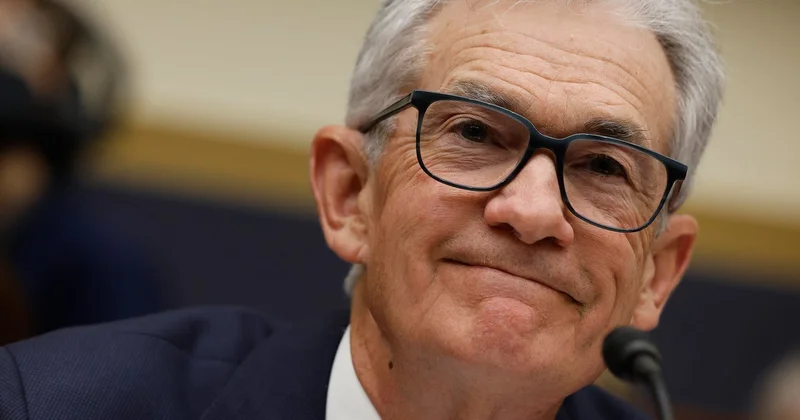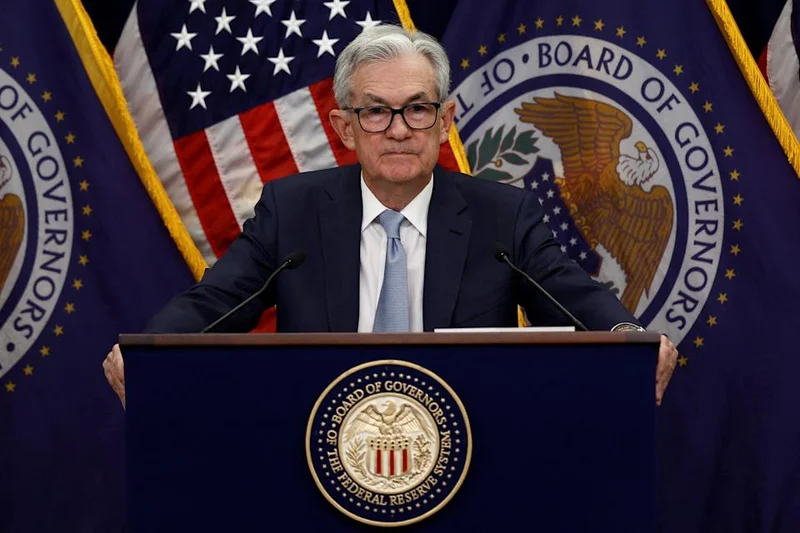Federal Reserve News: Rate Cut Speculation vs. Supervisory Rating Changes
Fed's Mixed Signals: Is a December Rate Cut Really on the Table?
Stephen Miran's call for further rate cuts, even after last week's 0.25% reduction, raises some eyebrows. A lone dissenter in both the last two meetings, he's clearly pushing for a faster move to neutral. He cited earlier policy projections calling for three rate cuts in 2025. But here's the thing: are those projections still valid given the latest data? And what data is he even looking at given the government shutdown? Fed's Miran: Cutting interest rates again in December would be 'a reasonable action' - Yahoo Finance
The Data Disconnect
Miran acknowledged the lack of official economic data, which makes his certainty all the more puzzling. He mentioned modest job creation and moderating wages. But ADP's recent report showed a rebound in job growth – 42,000 jobs in October compared to a contraction of 29,000 the previous month. That's a swing of 71,000 jobs (to be more exact, a 71,000-job swing). Is "modest" really the right word here?
Other Fed officials are singing a different tune. Goolsbee, Cook, and Daly have all voiced concerns about inflation. Schmid even favored no rate cut last week. So, we have a clear divergence of opinion within the Fed itself. What’s driving Miran's conviction when others see warning signs? Is it simply a difference in interpreting the available data, or is there something else at play? I've seen this kind of divergence before, and it usually boils down to differing models and assumptions about future economic conditions.
Reading Between the Lines of Bank Supervision
The Fed also finalized updates to its supervisory rating framework for large bank holding companies. It's a bit buried in the news cycle, but this could be significant. A bank with no more than one "deficient-1" component rating will be deemed "well managed," but a single "deficient-2" rating disqualifies them. The framework covers capital, liquidity, and governance. Federal Reserve Updates Supervisory Ratings, Easing ‘Well Managed’ Standard For Big Banks - CUToday

Think of it like this: it's a new grading system for banks. A "deficient-2" in any of those areas is like failing a key subject in school. The bar for being "well-managed" just got a little higher. This revised framework takes effect 60 days after publication. (Expect a flurry of internal reviews at those large holding companies.)
And this is the part of the report that I find genuinely puzzling. Why tighten supervisory standards now, when the Fed is potentially considering further rate cuts? Rate cuts are generally seen as a measure to stimulate the economy, which could lead to increased lending and, potentially, increased risk-taking by banks. Shouldn't the Fed be loosening standards if they're expecting a period of economic expansion? Unless, of course, they're anticipating something else entirely.
The Neutral Rate Mirage
Miran aims to reach a neutral policy stance faster than his colleagues. What exactly is the neutral rate anyway? It's the theoretical interest rate that neither stimulates nor restricts economic growth. It's the Goldilocks rate, not too hot, not too cold. But here’s the catch: the neutral rate is notoriously difficult to estimate in real time. It's like trying to nail jelly to a wall.
Miran wants to get there faster. But faster than what? Faster than inflation expectations rise? Faster than the economy overheats? Or is he simply trying to preempt a potential recession? His dissenting votes suggest he believes the risks of overtightening are greater than the risks of undertightening. I'm not entirely convinced.
A Premature Celebration?
Miran's stance is a gamble. He's betting that inflation is under control and that the economy needs further stimulus. But the data is far from clear, and other Fed officials are clearly worried. The updated supervisory framework adds another layer of complexity. It's a mixed bag of signals that leaves me wondering if a December rate cut is truly a data-driven decision or something else entirely.
Related Articles
The Fed's Latest Rate Cut: What It *Really* Means for the Future of Innovation
The Federal Reserve is flying blind. That’s not my assessment. That’s the word on the street from ec...
